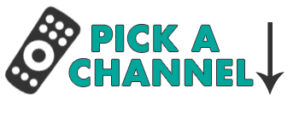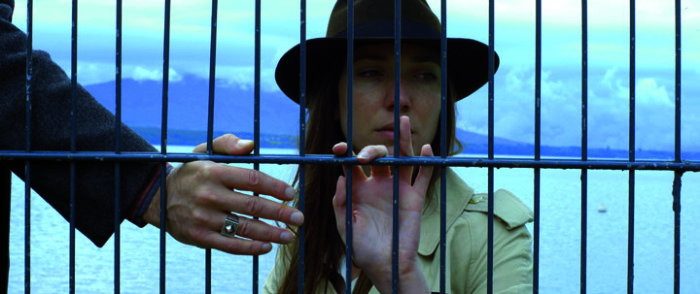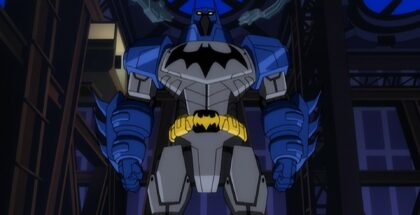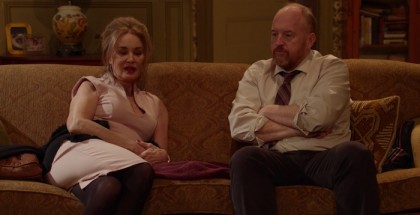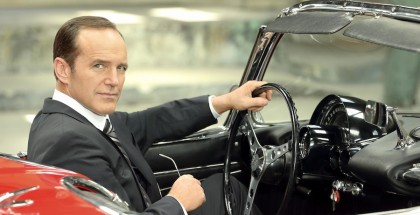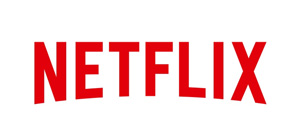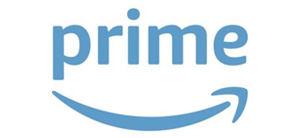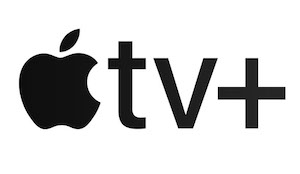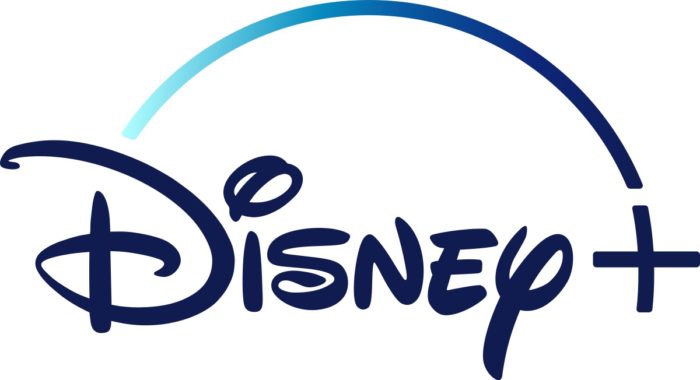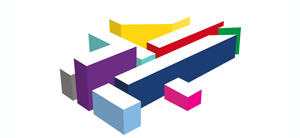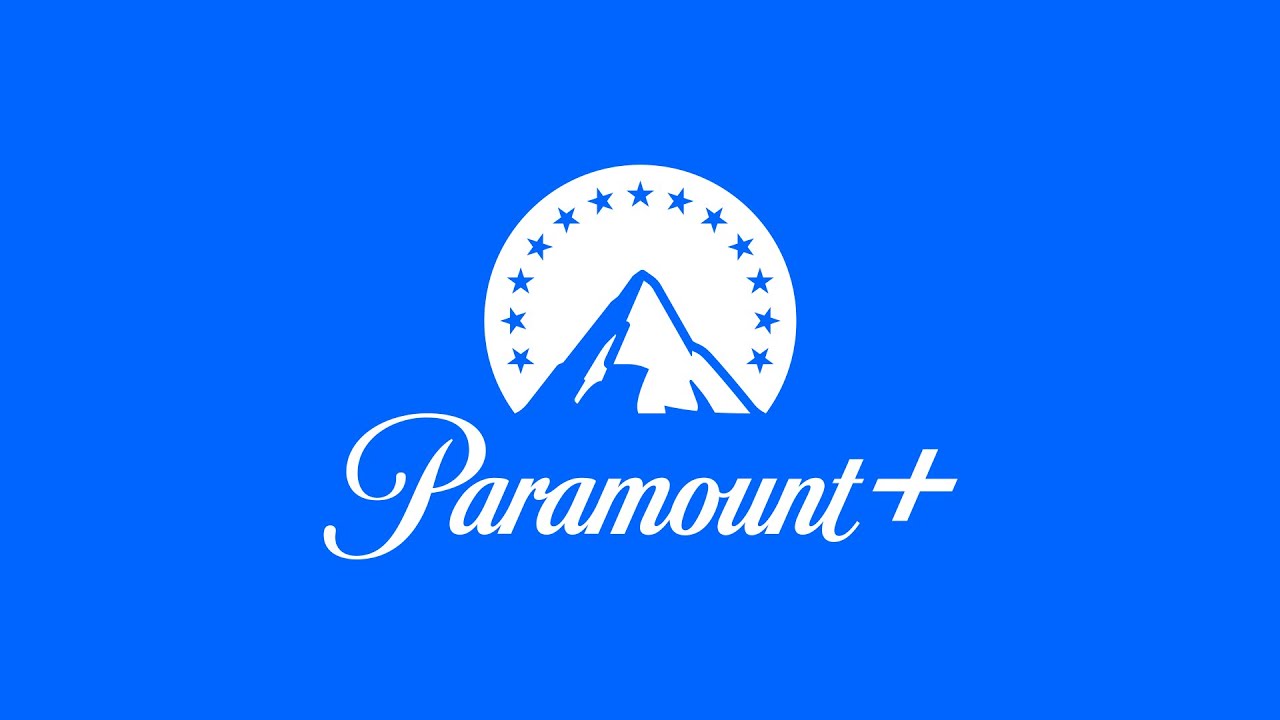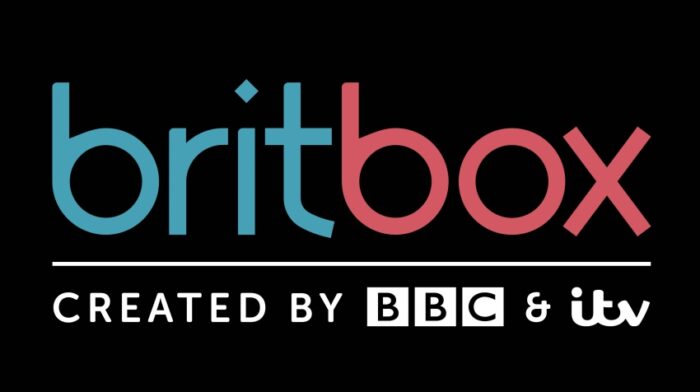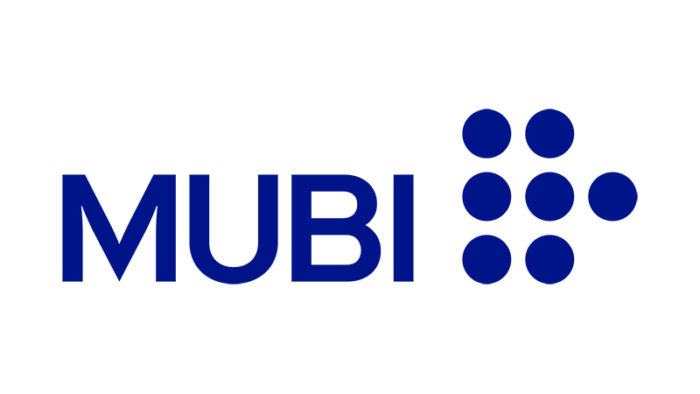VOD film review: Goodbye to Language
Review Overview
Form
9Content
72D experience
3David Farnor | On 02, Jan 2015
Director: Jean-Luc Godard
Cast: Godard the dog
Certificate: 15
“Did you know ‘kamera’ in Russia means ‘prison’?” That’s the kind of throwaway remark you can expect to hear in Goodbye to Language, Jean-Luc Godard’s experimental film, which screened at the London Film Festival last year. The result is a mind-blowing oddity, because Goodbye to Language just might be the greatest 3D movie ever made.
When Avatar first arrived in 2009, it was hailed as the groundbreaking movie that would change everything. It’s hard to imagine a movie less like Avatar. Where that was an undemanding, formulaic, two-hour popcorn flick, this is a challenging, 70-minute experimental art project. Avatar had mechanised warriors and flying CGI monsters. Goodbye to Language has a dog. In fact, it’s Godard’s own dog, who pops up every few minutes to wander through autumnal forests. It’s par for the course for Jean-Luc, who loads the screen with tiny details and absurd contradictions. People discuss economics, chat philosophy, debate Nazism. Meanwhile, a man and a woman continually fight. It’s an assault that makes no compromises, daring the viewer to interpret what they’re seeing. To say it’s not for everyone is an understatement.
What’s interesting is the way Godard presents this collage of stuff. 3D requires the projection of two images, one for each eye, which your brain then places on top of each other to create the illusion of depth. Godard responds accordingly: by layering everything. Immediately, we’re greeted by the word “ADIEU” in bright, red letters, sitting over the top of smaller text in white. Every shot that follows is pointedly composed to showcase the foreground and background. We don’t just see a house – we see a house with a wall in front of it, with cars passing by in front of both, all of them placed behind a bollard, cheekily poking out of the corner of the screen. Sometimes, this intricate positioning seems to be central to the message at hand: one repeated clip sees a bunch of people on their phones, swiping, texting, tapping, while a table piled with classic literature goes unnoticed under our noses.
“Soon people will need an interpreter to understand the words coming out of their mouths,” the film argues. Is it decrying the deterioration – or, as the title suggests, the departure – of language in a modern civilisation? Is it mocking the very idea that 3D can add realism to the language of cinema? Goodness knows. Everything is assembled with a lo-fi aesthetic that makes it like a battered VHS. The structure, meanwhile, is divided into two chapters – Nature and Metaphor – perhaps framing human existence as a constant act of trying to reconcile these fractured juxtapositions. Nature and metaphor. Foreground and background. Humans and dogs.
The most bravura moment, though, arrives when the bickering partners walk away from each other – and the picture does the same. Not through split-screen, but split-eyes: two different images are beamed into each retina, the woman in your left, the man in your right. The result is a disorienting experience that leaves you winking in disbelief, struggling to assemble the couple, a divorce literally captured on camera. It’s such a simple device that it’s hard to believe no one has done it before. It’s a stunning reminder that 3D is a tool, not a prescriptive format. If the future of cinema arrived five years ago, what, you wonder, have filmmakers been doing since? Godard revolutionised cinema when he first made Breathless, jump-cutting ahead of the crowd. Now, he may have done the same thing for 3D.
But, when it comes to watching it at home, the problem is that the film’s form is so integral to its content; the 3D experience is part of the effect. The kamera, to put it in Godard-speak, is a prison for the meaning. To stream Goodbye to Language in 2D, then, would likely be less a mind-blower and more a patience-tester, as the screen divides and layers repeatedly, with no way to reconcile the contrast. All the while, Godard’s dog runs around, apparently free of language, happily understanding what’s going on – or just laughing at the whole thing.

